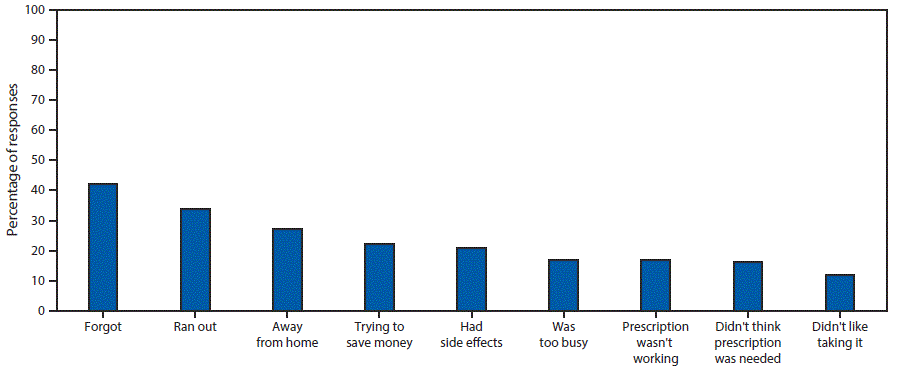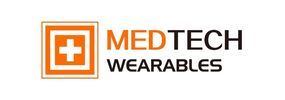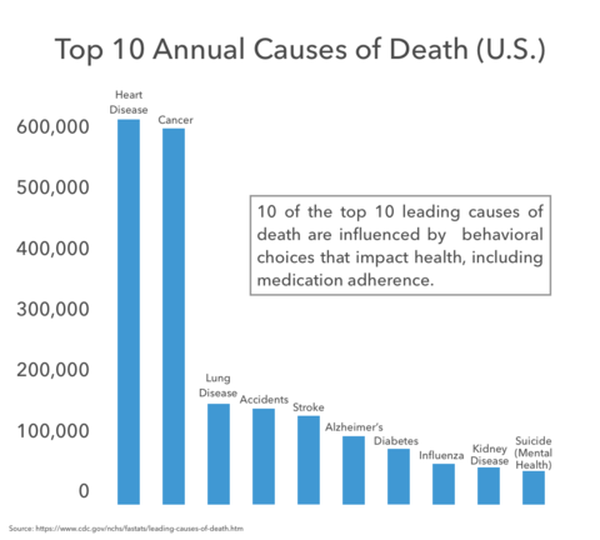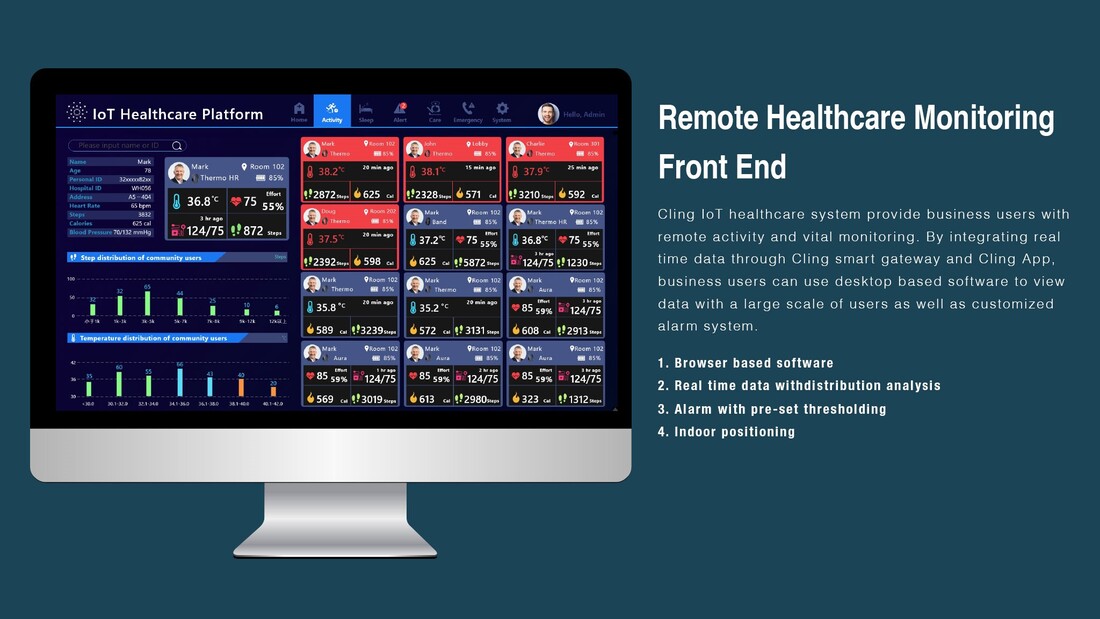MedTech Wearables
- LET US HELP YOU TAKE CONTROL OF YOUR HEALTH AND THE HEALTH OF OTHERS -
INTRODUCING THE "TRON"
AFFORDABLE, MOBILE & REMOTE REAL TIME MEDICATION COMPLIANCE SOLUTION
DESIGNED FOR INDIVIDUALS, HEALTHCARE FACILITIES, BUSINESSES, SCHOOLS AND THE COMMUNITY
INTRODUCING THE "TRON"
AFFORDABLE, MOBILE & REMOTE REAL TIME MEDICATION COMPLIANCE SOLUTION
DESIGNED FOR INDIVIDUALS, HEALTHCARE FACILITIES, BUSINESSES, SCHOOLS AND THE COMMUNITY

FIGURE: Self-reported reasons for medication noncompliance.
Recommended prescription medication regimens — United States Source:
Medication Adherence in America: A National Report Card, 2013
Recommended prescription medication regimens — United States Source:
Medication Adherence in America: A National Report Card, 2013
TRON, LEAP & THERMO Smartwatches
- Alert The Wearer With Vibrations & Screen Display To Take Medications On Time
- Free Accompanying App Tracks Multiple Medication Inventories In Real Time
- Automatic Email Prescription Refill Requests Sent To The Wearers Pharmacy
- Automatic Notifications Sent To The Wearers Caregivers After 24 Hours of Meds
Noncompliance
The reality is that the vast majority of the top 10 causes of death in the U.S. are related to chronic health issues that are heavily influenced by the decisions (or lack thereof) that individuals make over the course of their lives.
☆ PLEASE NOTE: These products are not certified medical devices and the accompanying data generated by them should only be used as a guide. Only medically acceptable devices (like a Sphygmomanometer for Blood Pressure) should be used for exact readings. Always consult with a medical professional for accurate testing and results.



